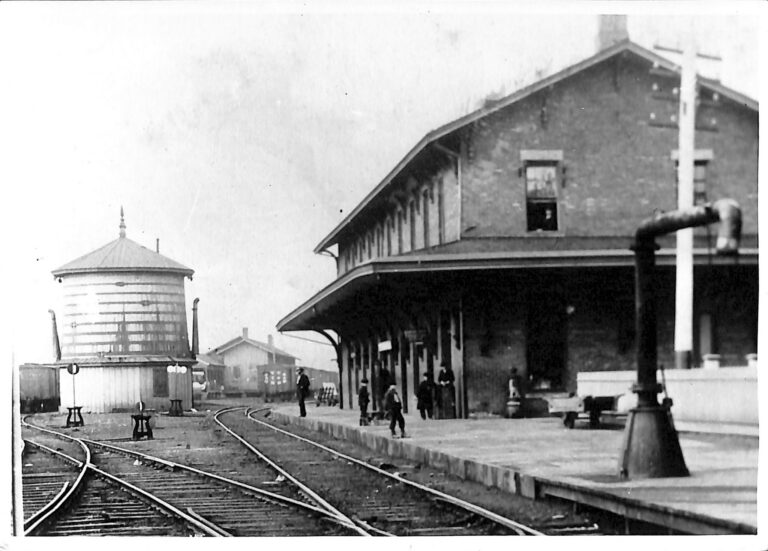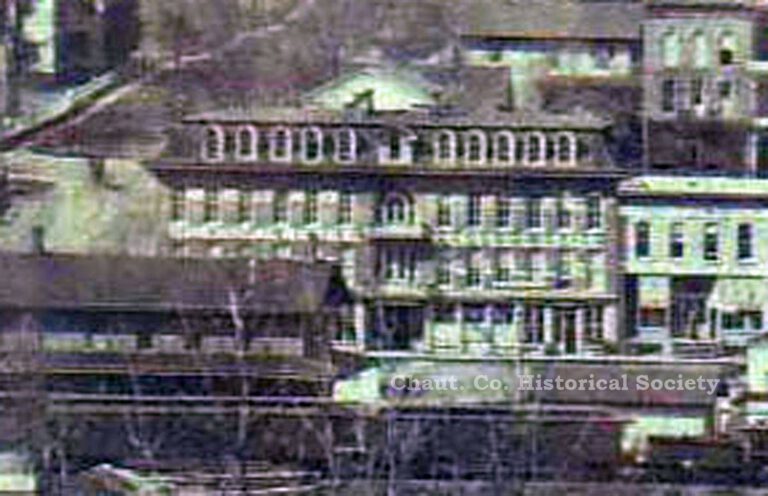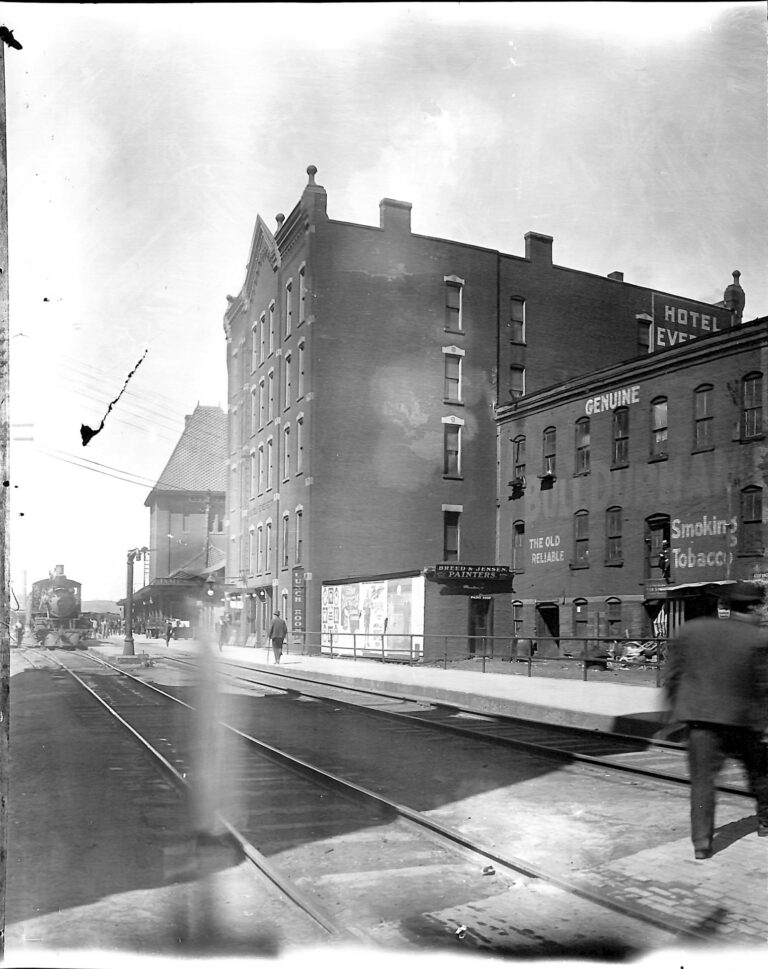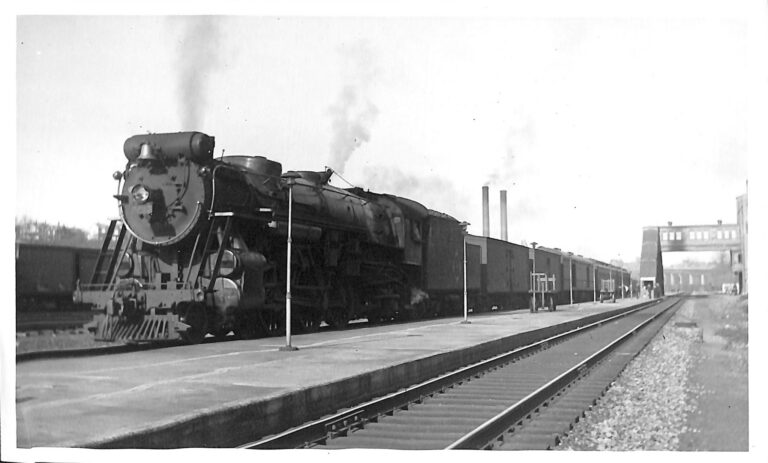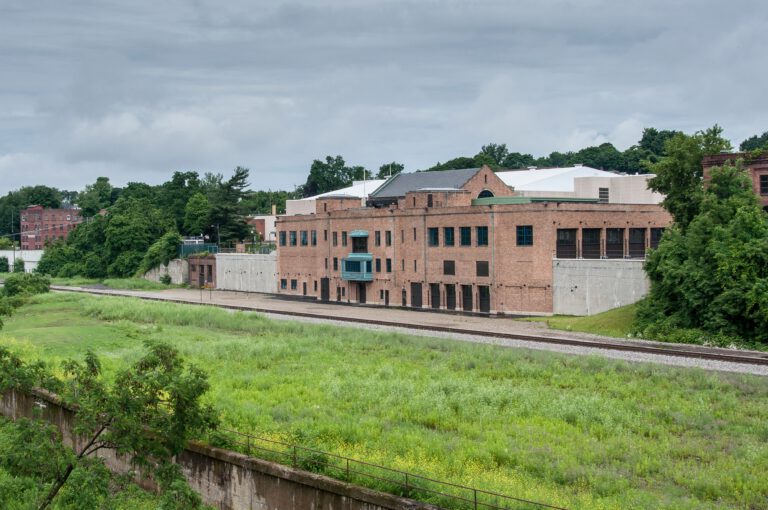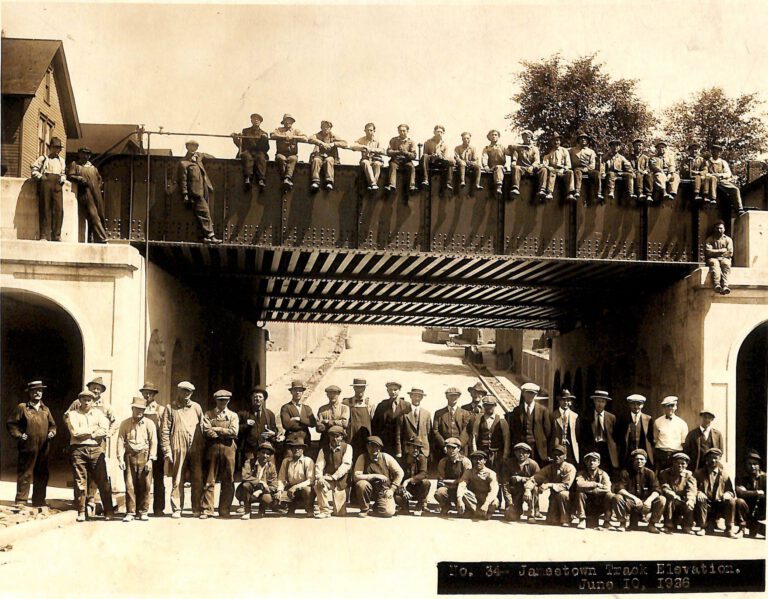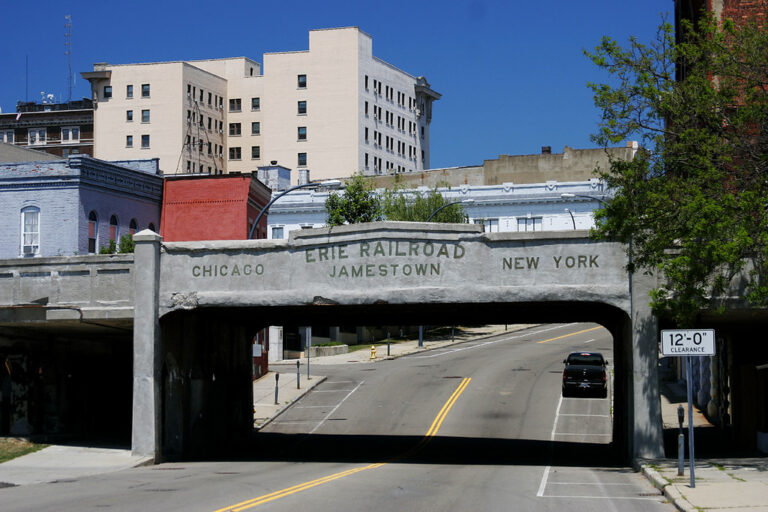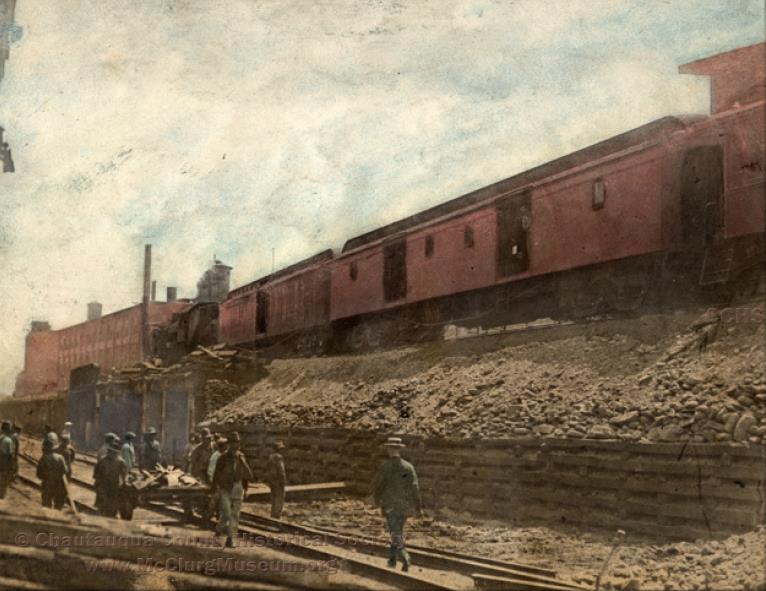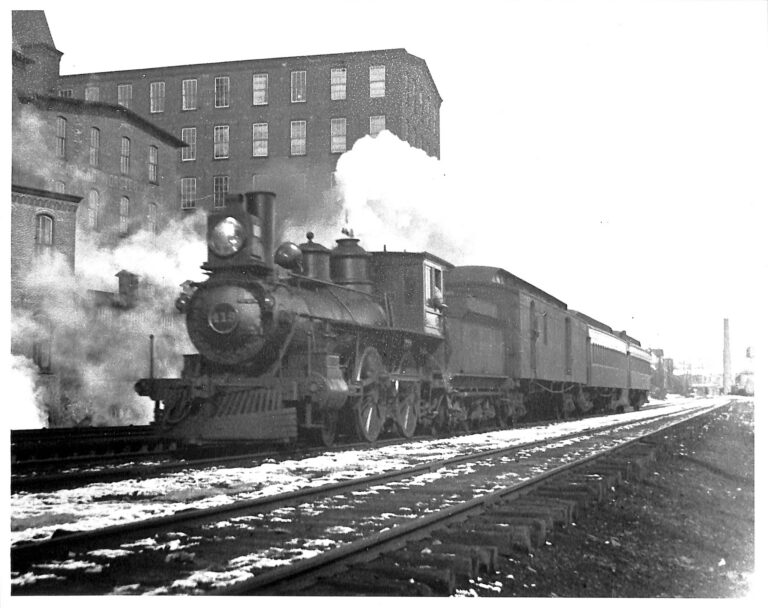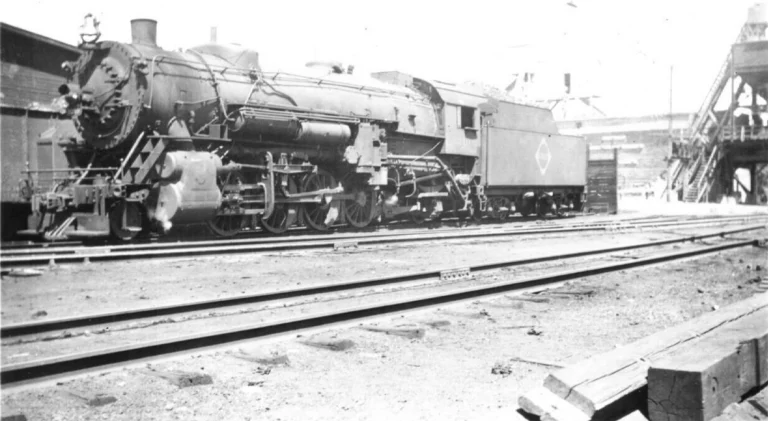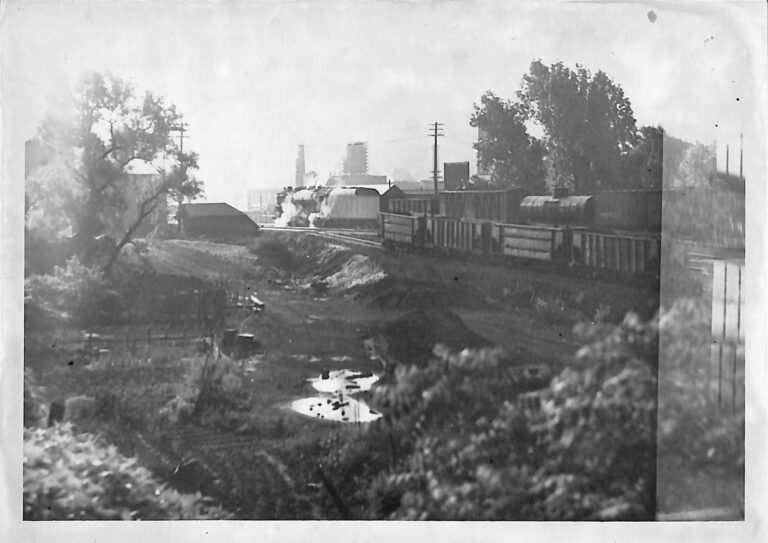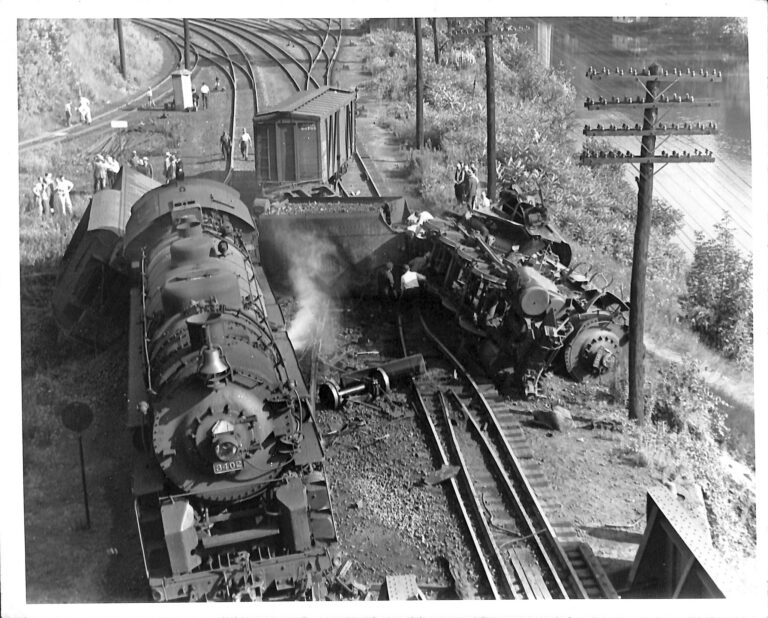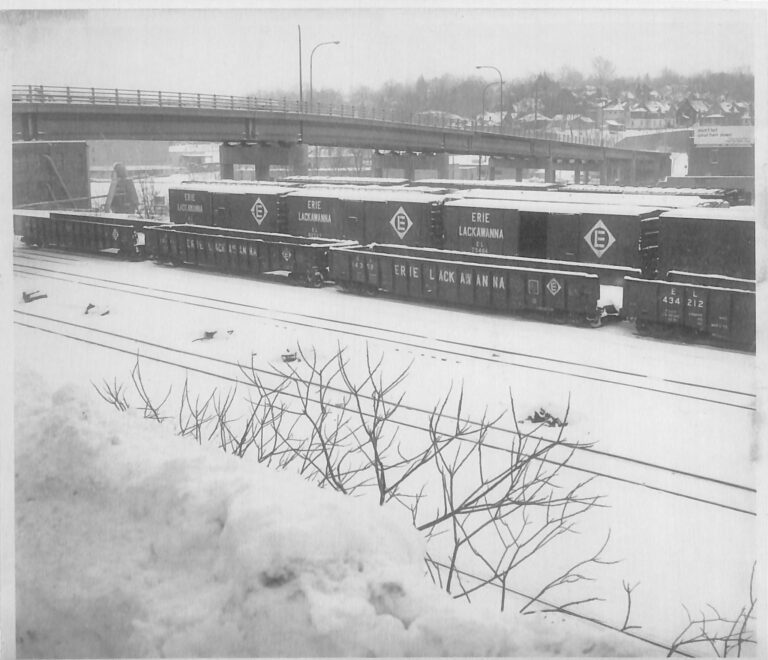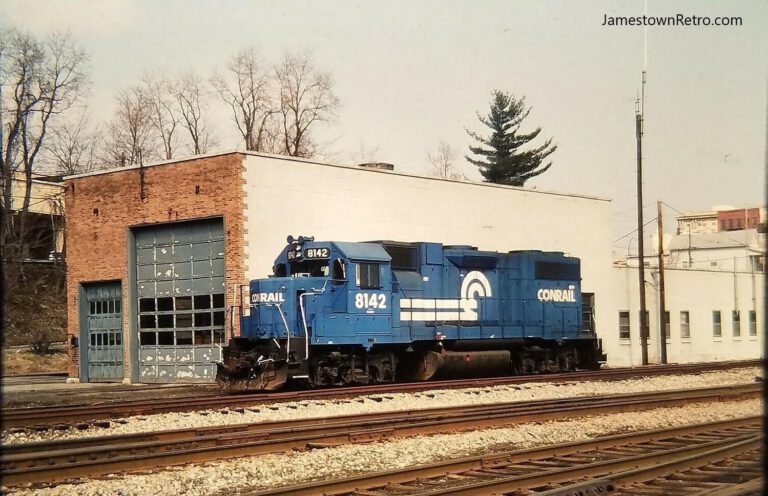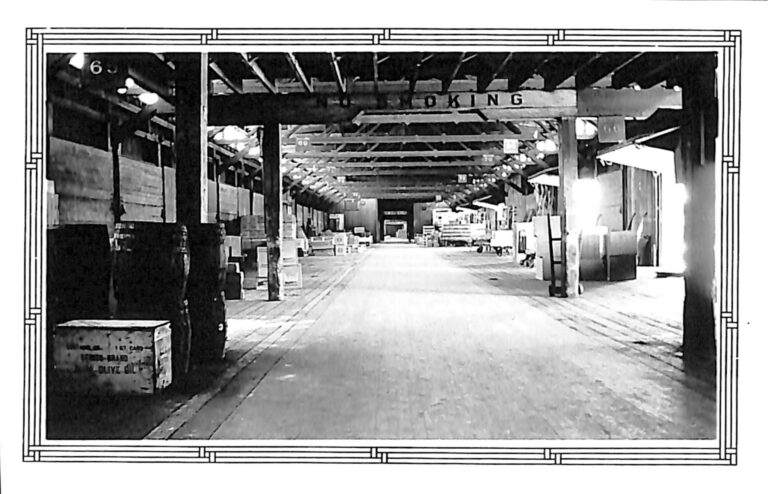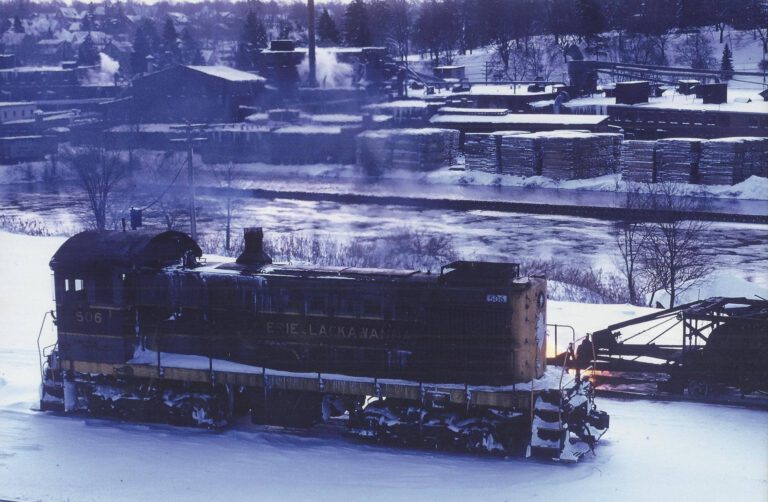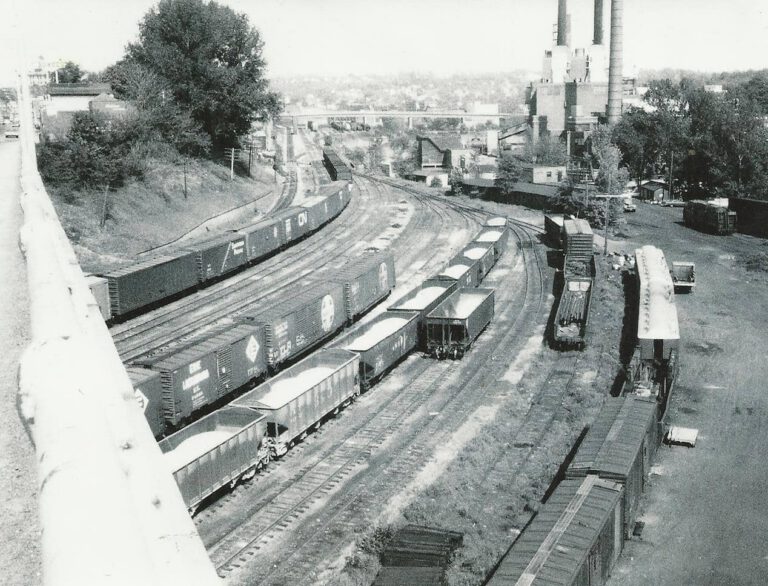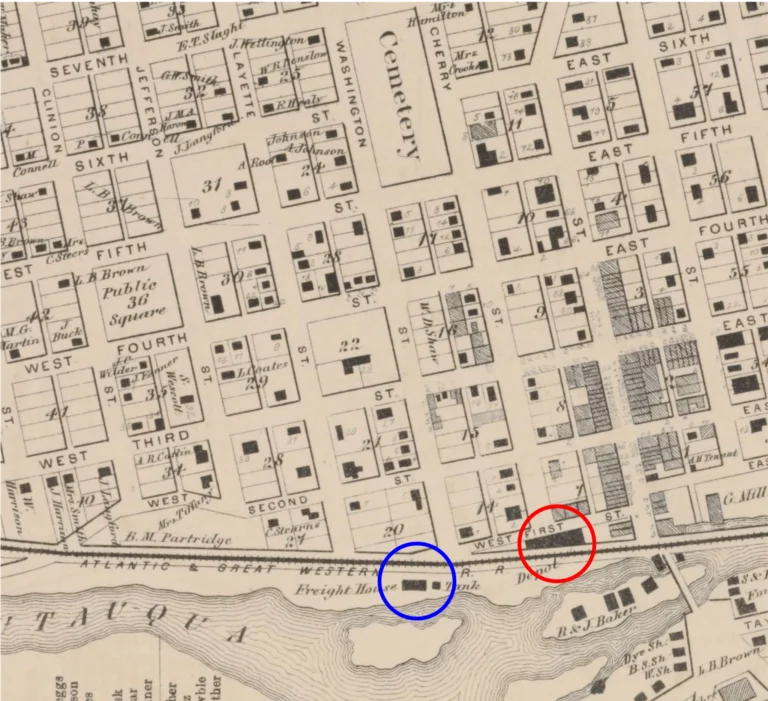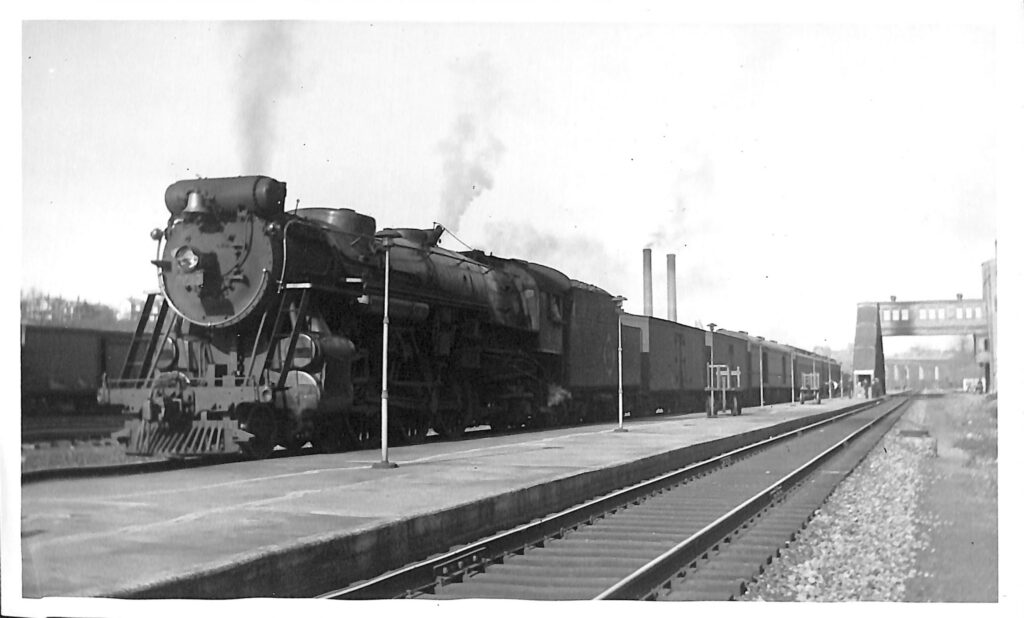
The Erie Railroad was always the most important railroad in Jamestown, NY and the city as it offered connections to New York City and Chicago and other major cities along the line.
History
There were two separate railroads that served Jamestown that later became part of the Erie Railroad. The first to arrive in the city was the Atlantic and Great Western Railroad that reached Jamestown from Salamanca in August 1860. The A&GW was reorganized in March 1880 as the New York, Pennsylvania and Ohio Railroad, which was leased by the New York, Lake Erie and Western Railroad in 1883.
In 1875 the Buffalo and Jamestown Railroad reached the city from Buffalo. It soon went bankrupt and in October 1877 was sold and reorganized as the Buffalo and Southwestern Railroad. The Buffalo and Southwestern was leased by the New York, Lake Erie and Western Railroad on August 1, 1880.
In May 1893 the NYLE&W went into bankruptcy again and was reorganized in 1895 as the Erie Railroad. In 1960, the Erie merged with the Delaware, Lackawanna and Western Railroad to form the Erie-Lackawanna Railroad which itself was merged into Conrail in 1976.
Passenger Stations
The Erie (and its predecessors) built four passenger train stations in Jamestown beginning with the arrival of the Atlantic and Great Western Railroad in 1865.
First Passenger Station, 1865 – 1897. This station was was built in 1865 by the Atlantic and Great Western Railway at the foot of Cherry Street.
Second Passenger Station, 1897 – 1924. In 1897 the original station was replaced by an ornate red brick station with a central tower and long wings.
Third Passenger Station: 1924-1930. The third passenger station was a temporary, one-story wooden station that was built farther to the west at Second and Jefferson Streets during the construction of the fourth station.
Fourth Passenger Station, 1930 – Present. The fourth passenger station in Jamestown is still standing on Second Street at the foot of Lafayette Street and is part of the National Comedy Center. The station building was much higher than the tracks and there was a bridge that extended over some of the tracks and two sets of stairs going from the bridge to track level. Neither the bridge nor the tracks remain today.
Freight Stations
As a furniture manufacturing center Jamestown had a large freight business and the Erie had different freight stations in the city over the years.
An 1886 map showed the freight house in the yard just to the west of the passenger station where Washington Street currently passes over the tracks.
By the early 1900s the freight house had moved to the north side of the tracks south of West Second Street between Clinton and Jefferson Streets.
By 1917, and probably earlier, the main Erie freight house had moved east and was located north of Chandler Street where it intersected with Windsor Street.
Other Facilities
An 1881 map shows the Buffalo and Southwestern Railroad having a small engine house and turntable in Jamestown, as shown below. I do not know if this was built by the Buffalo and Jamestown or by its successor, the Buffalo and Southwestern.

Erie Grade Separation Project
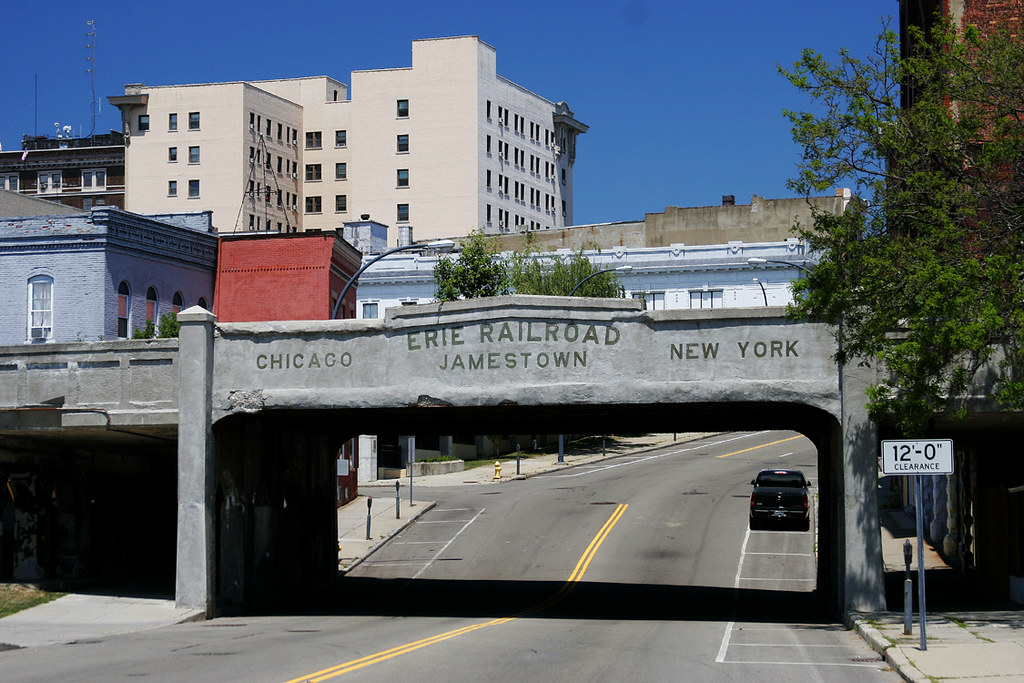
The Erie Railroad crossed 13 streets at street level in the city of Jamestown which was both dangerous and caused traffic problems as more vehicles came into use. A plan was developed in 1912 to separate the railroad and road traffic using bridges and tunnels. The process was long and it wasn’t until 1925 that the Erie raised the tracks so that Main Street could pass under the railroad. The bridge is still in place and is a landmark of sorts in the city.
The excellent blog post “Under the Erie Railroad” has many more details on all of the Erie grade crossings in Jamestown.


